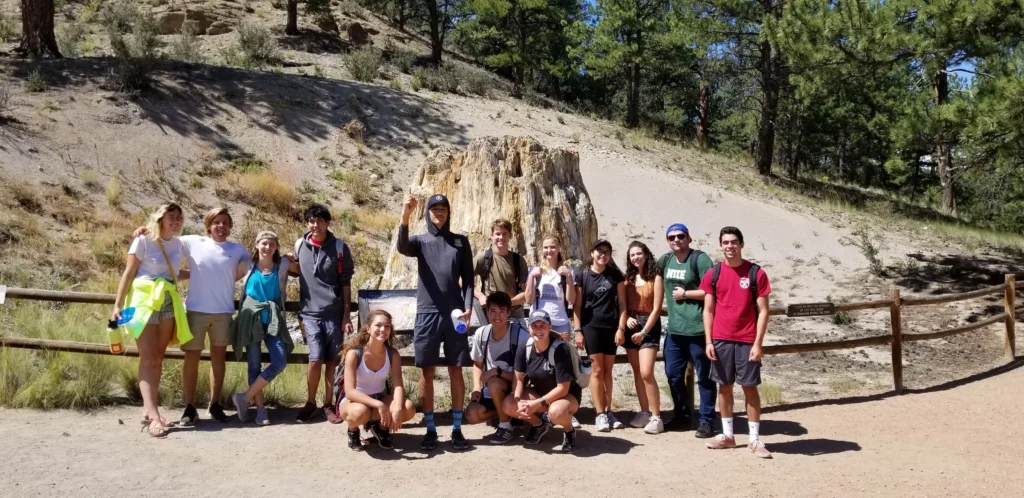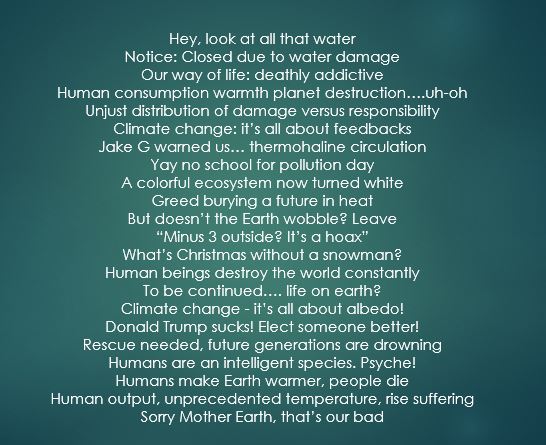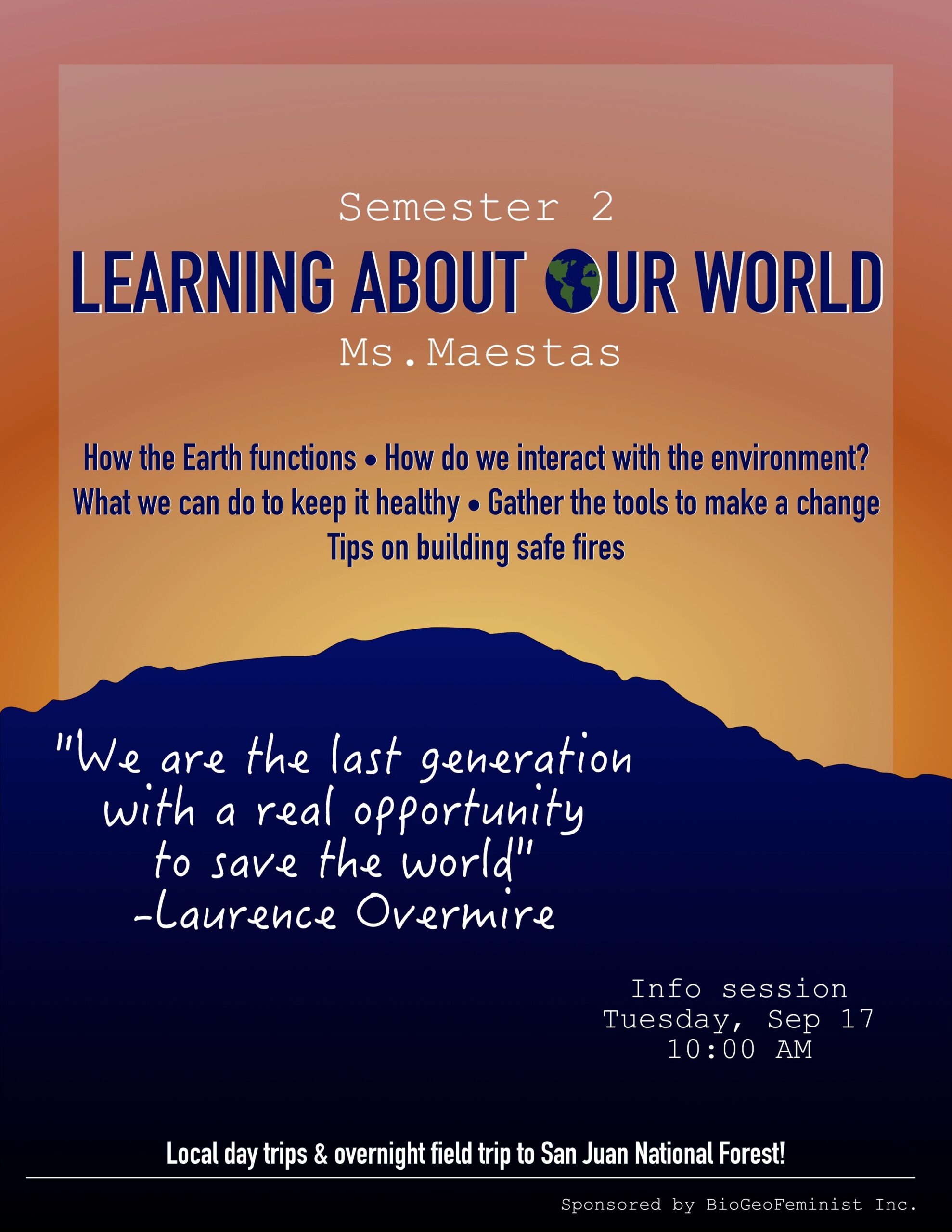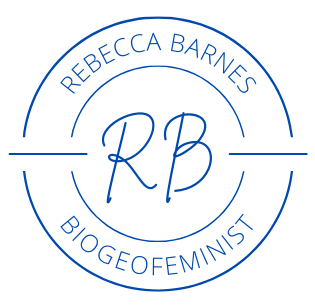Teaching EV128: Introduction to Global Climate Change is always great because i get seniors who are psychology and political science majors as well as the first years and sophomores who just starting the Environmental Science major. (Syllabus)
Week 1: Earth’s Climate Engine
I had a great group of students in Block 1 who learned the ins and outs of radiation balance – how greenhouse gases work (molecule dances FTW! forever grateful to Scott Denning who makes an appearance in my class via this awesome video and inspired me to lead students in their own molecules dances), the atmospheric window, and how to take the fourth root on their phone calculators. That was all in week 1.
Week 2: Climate in the Past

We investigated paleoclimate – how climate changes over 100s, 1000s, and millions of years – exploring isotopes in ice using the Vostok Ice Core data (the scale at which we can observe the effects of the Earth’s orbit and planetary orientation, i.e. the Milankovitch cycles) and visiting by visiting Florissant Fossil Beds National Monument. Sequoias were alive and well at 9000 ft, 37 million years ago!
Week 3: Climate Change in the Present
In week 3 we visited Niwot LTER and the Mountain Research Station where students learned how we collect long term data & thus monitor change in the present. In addition to lots of science with Jennifer Morse and a memorable volleyball game (two students proclaimed: I didn’t know professors played volleyball!!) we were joined by the unstoppable Jane Zelikova for a lesson on science communication.
While at Niwot students produced six word stories about climate change as a primer for their Climate Campaigns.

Charged with the goal to communicate the urgency of climate change in an effective way students created climate campaigns (Climate Communication Final Project B1 2019) which had to include complementary live action and static components. Here are a few:

We discussed how society has responded to and dealt with climate change in the past – the Maya, Mesa Verde, Akkadian, the colonists at Jamestown, etc., there are numerous examples we can draw from to see how we tend to react to the situation, instead of planning for it. Using examples from Project Drawdown and the IPCC report on Global Warming of 1.5 ºC students explored both the carbon dioxide reduction and equity potential inherent to policy choices. Below are some of the concept maps they created linking one of the Project Drawndown solutions back to reducing atmospheric carbon dioxide levels:

Once again my students delivered a set of awesome biographies for much deserving Women in STEM (with so many of my amazing collaborators on this list – it is extra awesome to publish these pages).
Jennifer Balch, Nandita Basu, Katherine Calvin, Zoe Cardon, Susan Conard, Kristen DeAngelis, Anne Giblin, Natalya Gomez, Emily Fischer, Efi Foufoula-Georgiou, Meredith Hastings, Tara Hudiburg, Gretchen Kepel-Aleks, Bronwen Konecky, Constance Millar, Jennifer Murphy, Kimberly Novick, Jean Richardson, Audrey Sawyer, Susan Subak, Caroline Ummenhofer, Tana Woods
Plus Dr. Andrea Dutton won a MacArthur Genius Award – thankfully Robin Grathwohl completed a great biography of her in Spring 2019. We were so excited to update it. Read more about my #WomenInSTEM #Wikipedia Project on the Wiki.edu blog (here & here)

Comments are closed